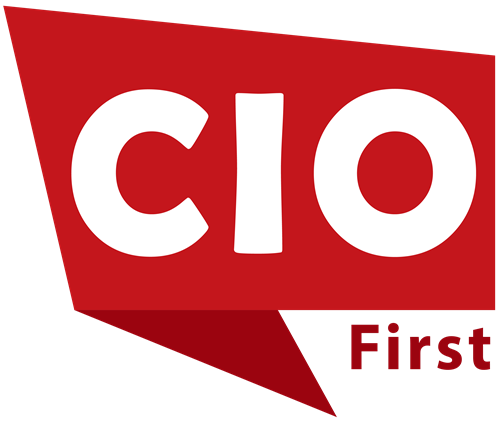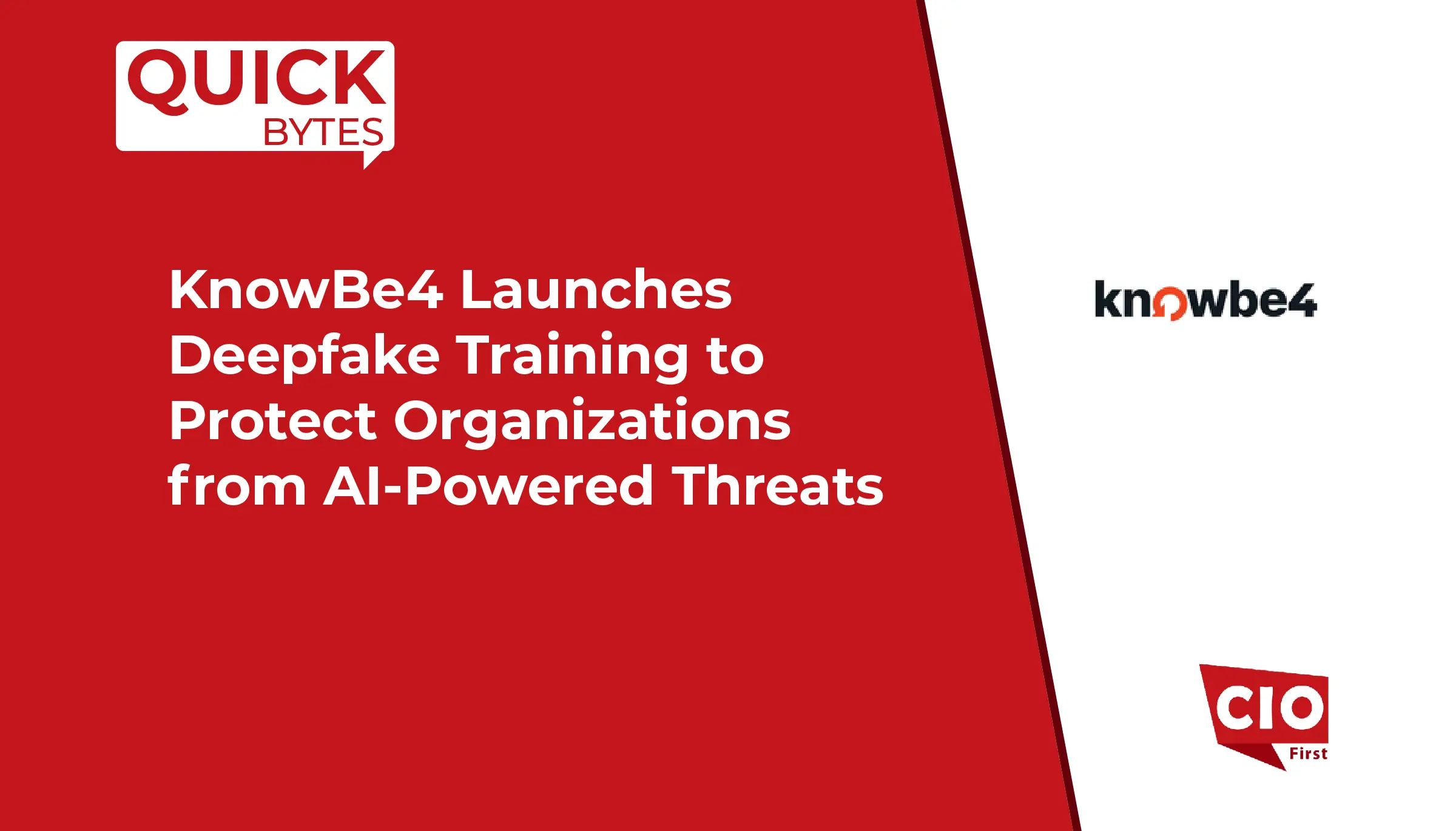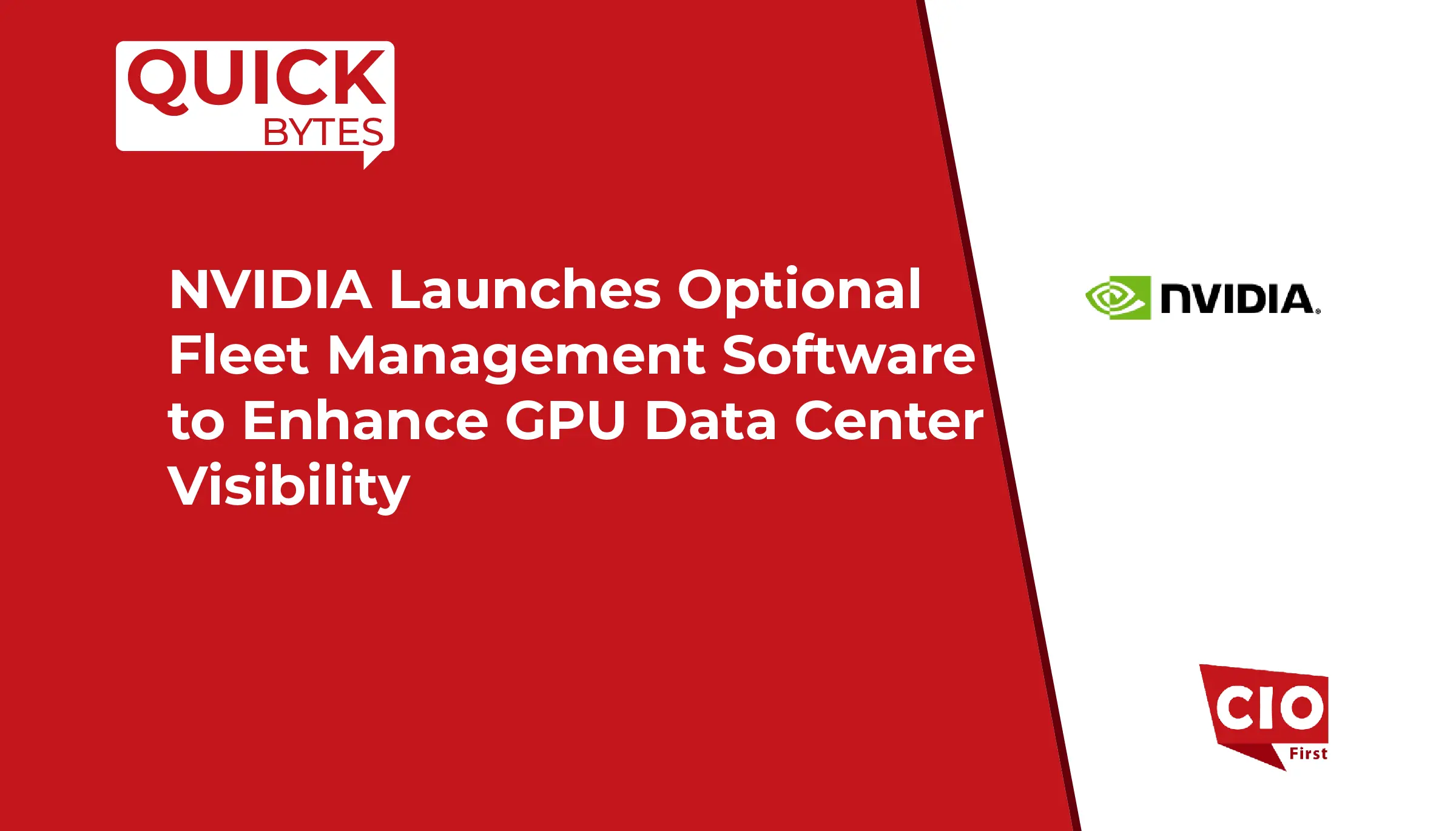Amazon Web Services (AWS) has improved data-lake governance and compliance. Amazon EMR and AWS Glue now support “audit-context” for resources managed by AWS Lake Formation. This update was announced on November 26, 2025.
With this update, API calls are logged with detailed audit context. This includes credential vending through Lake Formation. It also involves accessing metadata using AWS Glue Data Catalog’s GetTable and GetTables calls. CloudTrail logs show who accessed the data and the compute platform used. This includes job execution details like EMR-EC2, EMR on EKS, EMR Serverless, or AWS Glue. It also lists relevant IDs, such as cluster ID, step ID, job run ID, and virtual cluster ID.
The new audit logging is enabled by default (for EMR version 7.12+ or AWS Glue version 5.1+), and becomes immediately available in any AWS region supporting these services.
What This Means – Better Governance, Compliance & Data Lineage
Full Context for Access: More Than Just Who, But How & When
Prior to this update, Lake Formation controlled access to data via fine-grained permissions (database/table/column/row/cell). While those controls limited what data could be accessed, logging was often limited to who made the request – missing important context about the compute job, cluster environment, or exact Spark job execution.
Audit context logging helps security teams, compliance teams, and data engineers. It links data access to specific jobs, compute environments, and execution metadata. This allows better data lineage tracking, simpler troubleshooting, and improved compliance reporting. This is especially helpful for regulated industries that must follow data protection or audit laws.
Unified Governance Across Analytics & ETL Workflows
Because the feature applies to both EMR (for big data processing) and Glue (for ETL / data integration), organizations using mixed workloads – from batch processing to incremental ETL – can now enforce and monitor unified governance policies. This prevents blind spots in the catalog as data moves through processing, transformation, and analytics.
Facilitating Compliance & Regulatory Adherence
Auditable data access and detailed logging are essential now. This is due to data protection laws like GDPR, industry rules, and the new Digital Markets Act in the EU. The new audit-context feature helps organizations track who accessed data, when, and why. This simplifies compliance audits and makes them more reliable.
For large enterprises, financial institutions, healthcare providers, or any regulated sector using data lakes, this is a major boost to data governance capabilities.
Impact on the Data Management Industry
AWS‘s move shows wider trends in data management. As big data, data lakes, and multi-engine analytics grow, governance, security, and compliance become even more important. Here’s how the update could influence the industry:
1. Data Governance Becomes a First-Class Citizen
Data governance, once considered an afterthought, is now integral to data processing. Vendors and service providers in data management are now prioritizing auditing, lineage, access tracking, and compliance. These features are becoming essential, not just optional extras.
This elevates expectations for all tools and platforms, whether cloud-native or on-premises. Companies planning to build or move data lakes need to think beyond storage and compute. They also need to think about governance, auditability, and compliance from the start.
2. Demand Grows for Secure, Controlled Data Lakes
This update might speed up data lake adoption. Many businesses that hesitated before, due to compliance or audit worries, may now join in. Industries such as finance, healthcare, government, and regulated manufacturing – where data access must be strictly controlled – may now view cloud-based data lakes as viable.
Also Read: AWS Introduces Serverless Visual Workflow in SageMaker Studio
This, in turn, expands the market for data-lake services, governance platforms, security & compliance tooling, and consulting for migration to compliant data architectures.
3. Consolidation of Toolchains and Unified Data Architectures
Because AWS now supports fine-grained access control (FGAC) + audit context + unified catalog + metadata store via Lake Formation + Glue + EMR, organizations may opt to consolidate their data-management toolchains. Instead of juggling multiple third-party tools for cataloging, ETL, governance, security, logging, auditing — companies may rely more on integrated platforms.
This could impact third-party tool vendors: for generic, best-of-breed stacks, they may need to evolve to offer deeper integration with governance systems, or risk disintermediation by cloud-native stack.
What This Means for Businesses
Businesses handling regulated data — Organizations like finance, healthcare, or public services, now have better compliance tools. This reduces risk and audits access, making it easier to build modern data lakes.
Data-centric startups and SMEs — Smaller firms can use enterprise-grade governance without custom tools. This opens access to secure data lake architectures.
Demand is growing for managed — Service providers and consulting firms. They offer advisory services on compliant data lake design and governance. MSPs offering governance, compliance audits, and support will find new opportunities.
SaaS and data-platform vendors need — As cloud-native data management expands. They must add governance, audit, and compliance features. Alternatively, they can integrate with services like Lake Formation to remain relevant.
Compliance and audit teams — Can now access built-in audit logs. These logs are linked to data lake operations. This simplifies workflows and eases the manual compliance burden.
Challenges & Considerations
Governance at Scale — Managing permissions, tagging, and policies can be tricky. This gets harder as audit details and access controls grow. Organizations must invest in good processes and role-based governance.
Cost vs. Benefit of Audit Logging — Logging is powerful, but it also costs money and effort to store, manage, and analyze logs. Businesses need tools and processes to analyze logs. This helps turn audit data into useful insights.
Data-Access Performance Overhead — Extra access control checks and writing audits can add delays to large Spark or ETL jobs. Teams need to benchmark performance and plan accordingly.
Vendor Lock-in Risk — Organizations using AWS-specific governance mechanisms might face lock-in. Migrating from AWS can be tough. They might face challenges with access controls, audit logs, and compliance policies.
Conclusion
AWS is adding audit-context support for Lake Formation in EMR and Glue. This shows that data management goes beyond storage and compute. It also involves control, compliance, and governance at scale. This update accelerates a shift toward “governance-first” data platforms, where security, auditability, and compliance are integral parts of data architecture from the start rather than add-ons.
The data management industry is seeing a growing need for tools. These tools help with governance, audits, access control, and compliance. Businesses that adapt by using AWS-native solutions or enhancing their own can gain significantly. Today, trust, privacy, and regulatory compliance are as important as performance and scalability.

























